For most of us the landscapes/seascapes you will experience in Antarctica are very different to those we see at home. When I travelled with Quark Expeditions the main opportunities for land/seascapes took place:
- on board the Sea Spirit
- while zodiac cruising
- while on land on our twice daily excursions
- while on land for a night’s camping on the ice.
Back at home I use a tripod for landscapes most of the time and take my landscape photos around sunrise and sunset. When on a trip of a lifetime to Antarctica the situation is quite different and the question of what camera support to use varies by your shooting location.
Capturing landscapes from on board you boat
Apologies if this is stating the obvious but there is no point using your tripod on board the boat. The boat is moving and rocking so a slow shutter speed will result in blurred images whether the camera is on a tripod or not.
The perspective is also different when shooting from on board the boat – the sea is always some distance below the outdoor decks so any icebergs that you want to include in your image will be below you. This will result in those points of interest being smaller than if you were shooting from a zodiac.
However, the greater interest might be on land and often taking a photo on a telephoto setting works well then.
Sometimes the primary interest is on board the boat. The following photo was taken with a wider angle lens.
Zodiac cruising
Zodiac cruising does not occur in those golden hours around sunrise and sunset. As you will realise from the photo above it is difficult to obtain a stable position while on a zodiac but being on the water level emphasises the size of the icebergs. There were typically ten passengers and one driver in each zodiac.
When the point of interest was on your side of the zodiac you were encouraged to kneel down. You were therefore in a more stable position and could use the side of the zodiac as a support at times. When the point of interest was on the other side of the zodiac you could stand up (once the driver gave permission). It was more difficult to obtain a good shot in this circumstance – I had many crooked horizons.
One more very important point about zodiac cruising – think about your equipment. I used rain sleeves to keep my camera dry. See more on this in a previous blog post here.
Daily excursions to land
I have a big interest in natural history so when I went ashore on the twice daily excursions my focus tended to be on the animal life. I used a monopod for these animal photos. Therefore, my tripod was not used on these excursions.
As with the zodiac cruising, the land excursions did not take place during prime landscape photography time but being a trip of a lifetime you still have to take photos even if the prime purpose is as record shots. Despite those limitations, the photographic skills you use will seem familiar with all the normal composition and exposure considerations. Don’t forget to compensate for the snow/ice to avoid underexposed/grey snow.
I wrote about the equipment I took here but suffice to say that the 11-18mm lens I took with me came into use at this time.
Camping on the ice
One of the reasons I chose to camp on the ice was to take photos as the sun was going down. This is the one time my tripod came out in Antarctica. Unfortunately things didn’t quite go as planned as the sky was overcast on the appointed evening but the tripod still came into use.
Concluding thoughts
I gave some tips on Antarctic photography in a previous blog post (find them here). They sum up key considerations.
A trip to the Antarctic is a fantastic experience and I hope the above both whets your appetite if you are thinking about going or helps your planning if you have decided to go. Trust me, you won’t be disappointed with the experience.
If you have any questions about your upcoming trip feel free to add a question in the comments. If you have already been to the Antarctic feel free to add other thoughts.


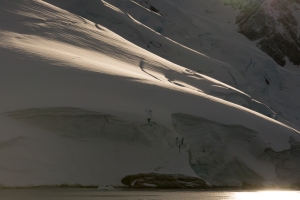
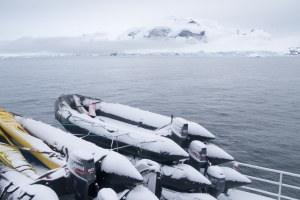
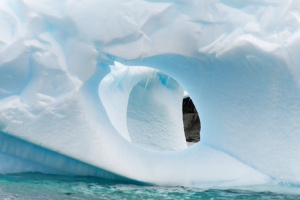
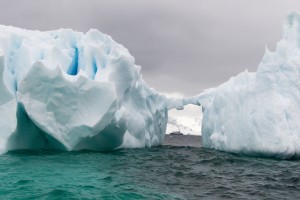
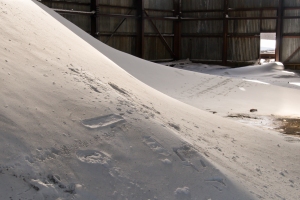
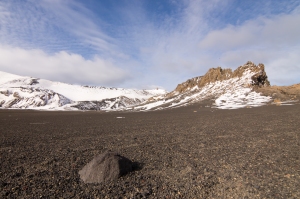

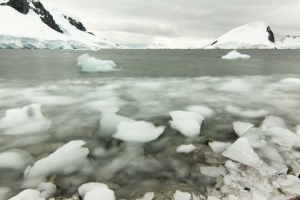
Some beautiful photos here and a great recap. I was in Antarctica with Quark a couple of years ago and am planning another trip later this year, so can relate to everything you wrote. I didn’t get to camp last time but am planning to on this next trip – fingers crossed for clear skies!!
Thanks Kellie. I now have the Arctic on my list – have to see some polar bears at some stage – planning to do it with Quark but likely to be a couple of years off.